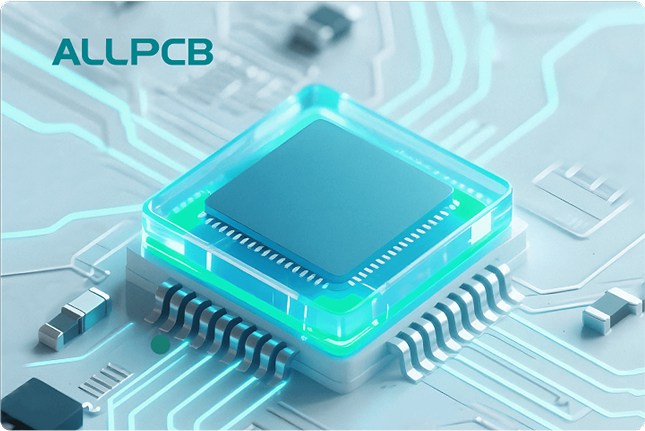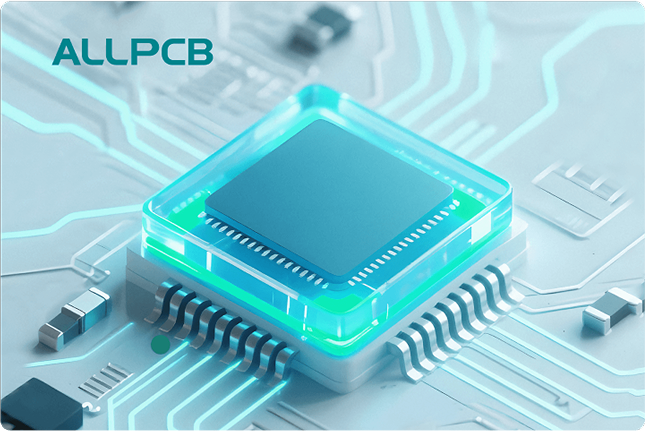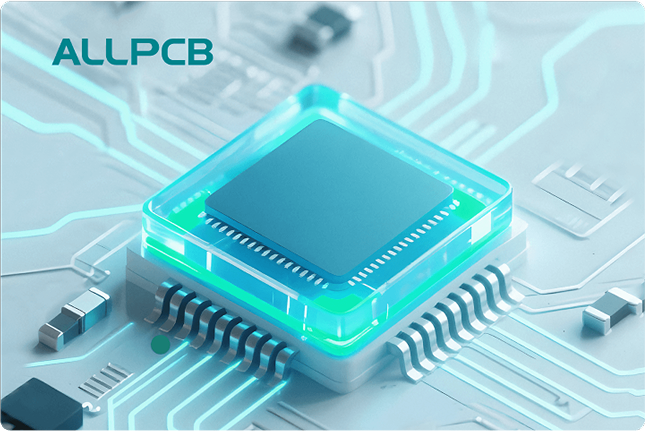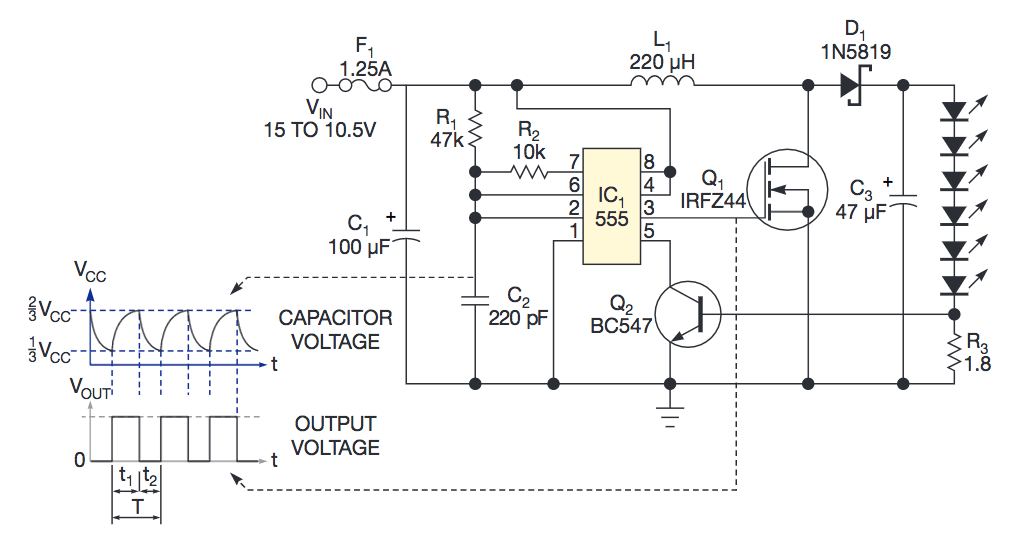In the fast-evolving world of Internet of Things (IoT) devices, choosing the right components can make or break your project. One critical component is the oscillator, which serves as the heartbeat of your device, ensuring precise timing for data processing, communication, and power management. So, how do you select the right oscillator for your IoT device? This guide will walk you through the essentials of oscillator selection for IoT, focusing on low power oscillators, temperature compensated oscillators, MEMS oscillators, and real-time clock oscillators. We'll dive deep into the factors to consider, types available, and practical tips to optimize performance.
Why Oscillator Selection Matters for IoT Devices
IoT devices are everywhere—from smart home gadgets to industrial sensors. These devices often operate in challenging environments, have strict power constraints, and require reliable timing for tasks like data logging or wireless communication. The oscillator you choose directly impacts your device's accuracy, power consumption, and overall performance. A poorly selected oscillator can lead to timing errors, increased power drain, or failure to operate in extreme temperatures.
In this blog, we'll break down the key aspects of oscillator selection for IoT to help you make an informed decision. Whether you're designing a wearable device or a remote sensor, understanding the nuances of oscillators will ensure your project succeeds.
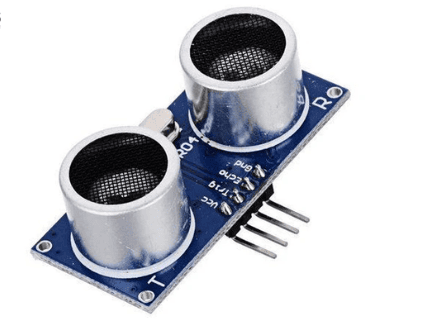
Understanding Oscillators: The Basics
An oscillator is an electronic component that generates a periodic signal, usually in the form of a square or sine wave, to provide a stable clock signal for a device. In IoT applications, oscillators are used to synchronize operations, drive microcontrollers, and maintain real-time clocks (RTCs). The frequency of the oscillator—measured in Hertz (Hz), Kilohertz (kHz), or Megahertz (MHz)—determines how fast these operations occur.
For instance, a typical real-time clock oscillator might operate at 32.768 kHz, a standard frequency for accurate timekeeping in low-power devices. On the other hand, high-speed IoT devices like wireless modules may require oscillators in the range of 10-50 MHz to handle data transmission.
When selecting an oscillator for IoT, you need to balance factors like frequency stability, power consumption, size, and environmental resilience. Let's explore these factors in detail.
Key Factors in Oscillator Selection for IoT
1. Power Consumption: Prioritizing Low Power Oscillators for IoT
Most IoT devices are battery-powered, making power efficiency a top priority. Low power oscillators for IoT are designed to minimize energy use while maintaining reliable performance. For example, a typical low-power oscillator might consume only 2-5 microamps (μA) in sleep mode, which is ideal for devices that spend long periods in standby, like environmental sensors.
Choosing an oscillator with low quiescent current can extend battery life significantly. Look for specifications that highlight power draw in active and idle states to ensure your device operates efficiently over long durations.
2. Frequency Stability and Temperature Compensation
IoT devices often operate in varied environments, from freezing outdoor conditions to hot industrial settings. Temperature compensated oscillators, often referred to as TCXOs (Temperature Compensated Crystal Oscillators), are designed to maintain frequency stability across a wide temperature range, typically from -40°C to 85°C. They achieve this by adjusting the frequency output to counteract temperature-induced variations, offering stability as tight as ±0.5 ppm (parts per million).
For comparison, a standard crystal oscillator might drift by ±50 ppm over the same temperature range, leading to timing inaccuracies. If your IoT device will be exposed to fluctuating temperatures, investing in temperature compensated oscillators is a smart choice for reliable performance.
3. Size and Form Factor: Compact Solutions for Small Devices
IoT devices are often compact, requiring components that fit into tight spaces. Modern oscillators come in small packages, such as chip-scale packages (CSP) with footprints as small as 1.2 mm x 1.1 mm. This is especially important for wearables or miniature sensors where board space is limited.
When selecting an oscillator, check the package size and ensure it aligns with your PCB layout. Smaller oscillators not only save space but can also reduce parasitic capacitance, improving signal integrity.
4. Cost vs. Performance Trade-Offs
Cost is always a consideration in IoT design, especially for mass-produced devices. Basic crystal oscillators are often the most affordable, starting at a few cents per unit, but they may lack the stability or low-power features needed for demanding applications. On the other hand, advanced options like TCXOs or MEMS oscillators might cost a few dollars per unit but offer superior performance in terms of stability and power efficiency.
Evaluate your project’s requirements to strike the right balance. For a simple IoT device with minimal timing needs, a basic oscillator might suffice. For mission-critical applications, the added cost of a high-performance oscillator is often justified.
Types of Oscillators for IoT Applications
1. Crystal Oscillators: The Traditional Choice
Crystal oscillators use a quartz crystal to generate a stable frequency. They are widely used due to their low cost and reasonable accuracy, typically offering frequency stability of ±10 to ±50 ppm. However, they are sensitive to temperature changes and mechanical stress, which can affect performance in harsh IoT environments.
These oscillators are a good fit for basic IoT devices with stable operating conditions and minimal power constraints. For example, a smart light switch operating indoors might work well with a standard crystal oscillator at 16 MHz.
2. MEMS Oscillators for IoT: Modern and Resilient
MEMS (Microelectromechanical Systems) oscillators are a newer technology that uses silicon-based resonators instead of quartz. MEMS oscillators for IoT are gaining popularity due to their small size, low power consumption, and resistance to shock and vibration. They often consume less than 10 μA in low-power modes and can achieve frequency stability of ±5 ppm or better with temperature compensation.
These oscillators are ideal for rugged IoT applications, such as asset trackers or outdoor sensors, where durability and efficiency are critical. Their compact size also makes them a perfect match for space-constrained designs.
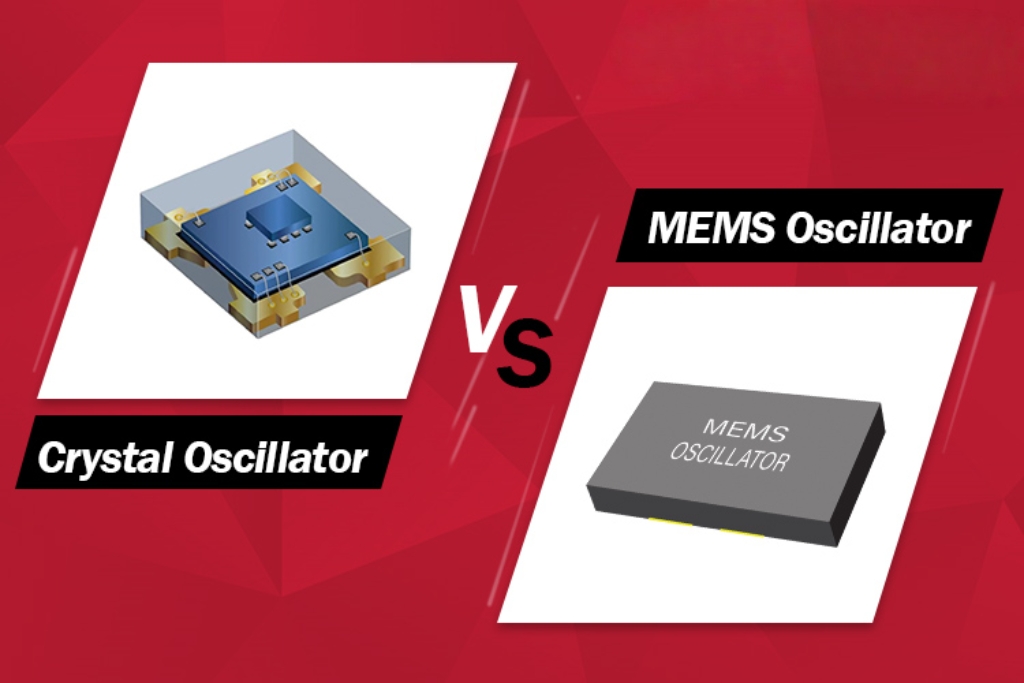
3. Real-Time Clock Oscillators: Precision Timekeeping
Real-time clock oscillators are specialized components designed for accurate timekeeping in IoT devices. They typically operate at 32.768 kHz, a frequency that allows precise division into seconds for clocks and timers. These oscillators are often paired with RTC circuits to track time even when the device is in sleep mode, consuming as little as 1 μA.
For IoT devices like smart meters or data loggers, real-time clock oscillators ensure accurate timestamping of events. When selecting one, prioritize low power consumption and high stability to maintain accuracy over long periods.
4. Temperature Compensated Oscillators: Stability in Extreme Conditions
As mentioned earlier, temperature compensated oscillators (TCXOs) are designed to minimize frequency drift caused by temperature changes. They are particularly valuable in IoT applications where devices must operate reliably in outdoor or industrial environments. With stability ratings as low as ±0.1 ppm, TCXOs provide precision that standard oscillators can’t match.
Consider using TCXOs for IoT devices like weather stations or vehicle tracking systems, where temperature fluctuations are common. The added cost is often worth the improved performance in these scenarios.
Practical Tips for Oscillator Selection in IoT Design
Now that we’ve covered the types and key factors, here are some actionable tips to guide your oscillator selection for IoT projects:
- Match Frequency to Application: Choose an oscillator frequency that suits your device’s needs. For example, use 32.768 kHz for RTCs in low-power devices, and higher frequencies like 24 MHz for data-intensive wireless modules.
- Test in Real-World Conditions: Simulate the environmental conditions your IoT device will face, such as temperature extremes or vibrations, to ensure the oscillator performs reliably.
- Optimize Power Modes: Look for oscillators with configurable power modes to reduce consumption during idle periods. This can significantly extend battery life in remote IoT devices.
- Consult Datasheets: Always review the oscillator’s datasheet for detailed specs on power draw, stability, and operating temperature range. Pay attention to parameters like phase noise (measured in dBc/Hz) and jitter (measured in picoseconds) if your application requires high-precision timing.
- Consider Integration: Some oscillators come integrated with additional features like RTC circuits or temperature sensors. These can simplify design and reduce board space in compact IoT devices.
Common Challenges and How to Overcome Them
Designing IoT devices with the right oscillator isn’t without challenges. Here are some common issues and solutions:
- Frequency Drift: If your device experiences timing errors due to temperature or aging, switch to a temperature compensated oscillator or a MEMS-based solution for better stability.
- High Power Consumption: If battery life is shorter than expected, audit the oscillator’s power draw in different modes and consider a low-power alternative with similar performance.
- Signal Noise: Excessive noise or jitter can disrupt communication in IoT devices. Select an oscillator with low phase noise (e.g., -120 dBc/Hz at 1 kHz offset) and ensure proper PCB layout to minimize interference.
Future Trends in Oscillators for IoT
The field of oscillators is evolving rapidly to meet the demands of next-generation IoT devices. Emerging trends include even lower power consumption, with some oscillators targeting sub-microamp levels, and greater integration of timing solutions into System-on-Chip (SoC) designs. Additionally, advancements in MEMS technology are driving down costs while improving performance, making high-quality oscillators more accessible for budget-conscious projects.
As IoT continues to grow, staying informed about these trends will help you select components that keep your devices competitive and efficient.
Conclusion: Making the Right Choice for Your IoT Device
Selecting the right oscillator for your IoT device is a critical step in ensuring reliable performance, long battery life, and environmental resilience. By focusing on factors like power consumption, frequency stability, and form factor, and by understanding the strengths of different types like MEMS oscillators, temperature compensated oscillators, and real-time clock oscillators, you can make an informed decision tailored to your project’s needs.
Whether you’re building a simple sensor or a complex connected device, the insights and tips in this guide will help you navigate the world of oscillator selection for IoT with confidence. Take the time to evaluate your requirements, test your choices, and prioritize quality to create IoT solutions that stand out in performance and reliability.

 ALLPCB
ALLPCB


